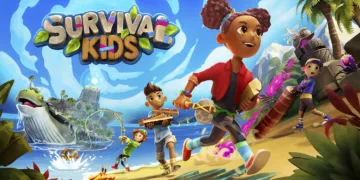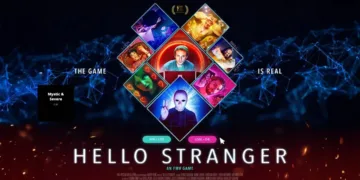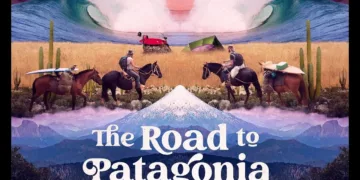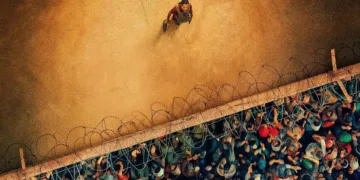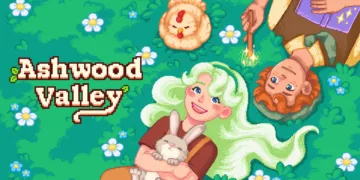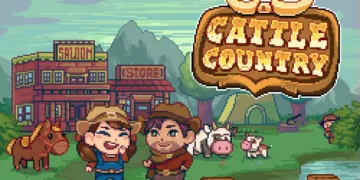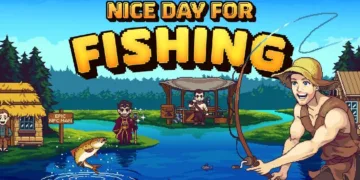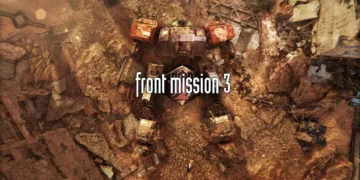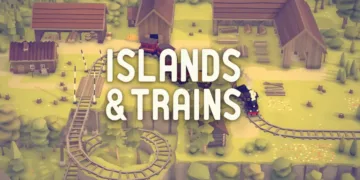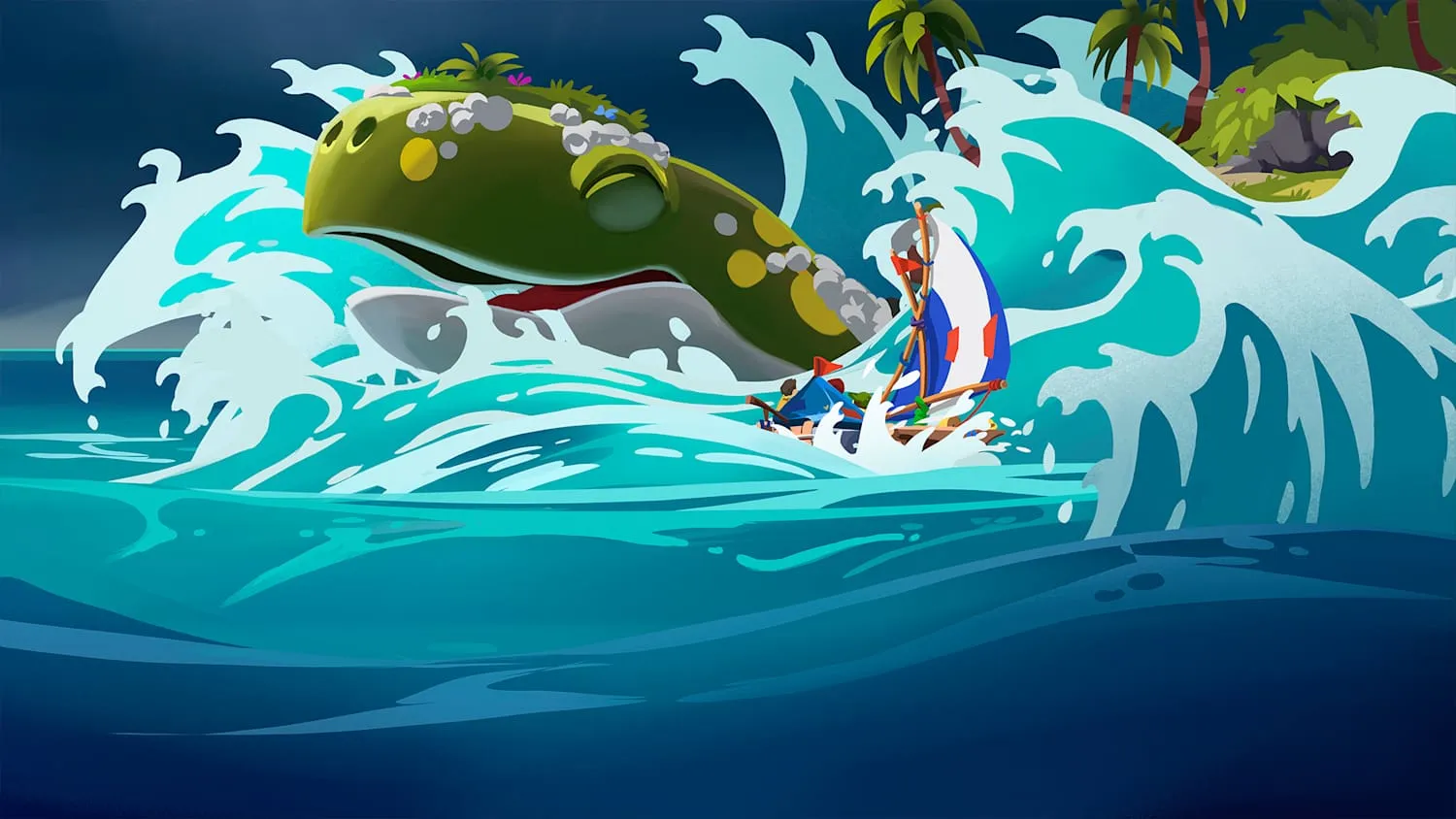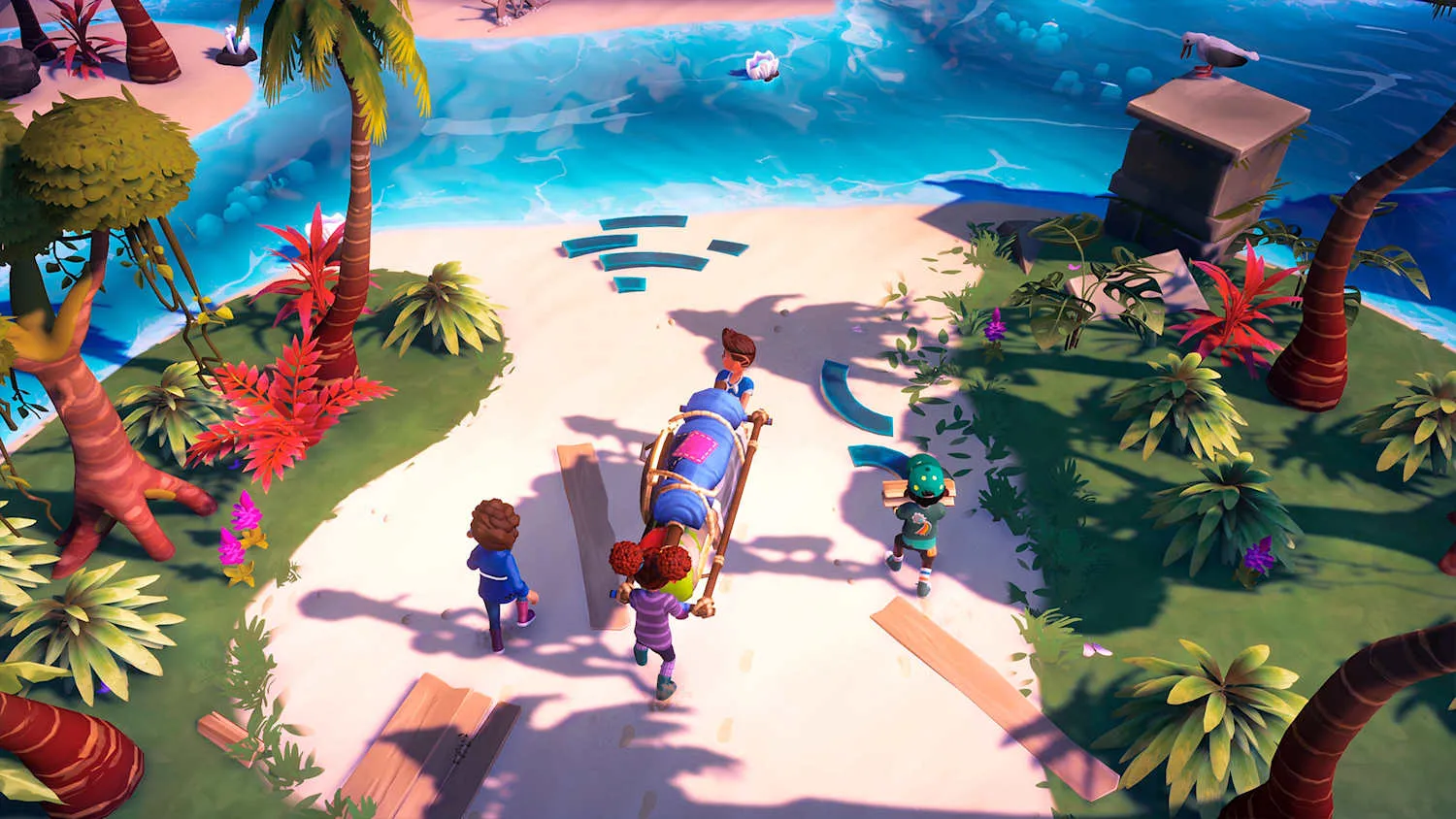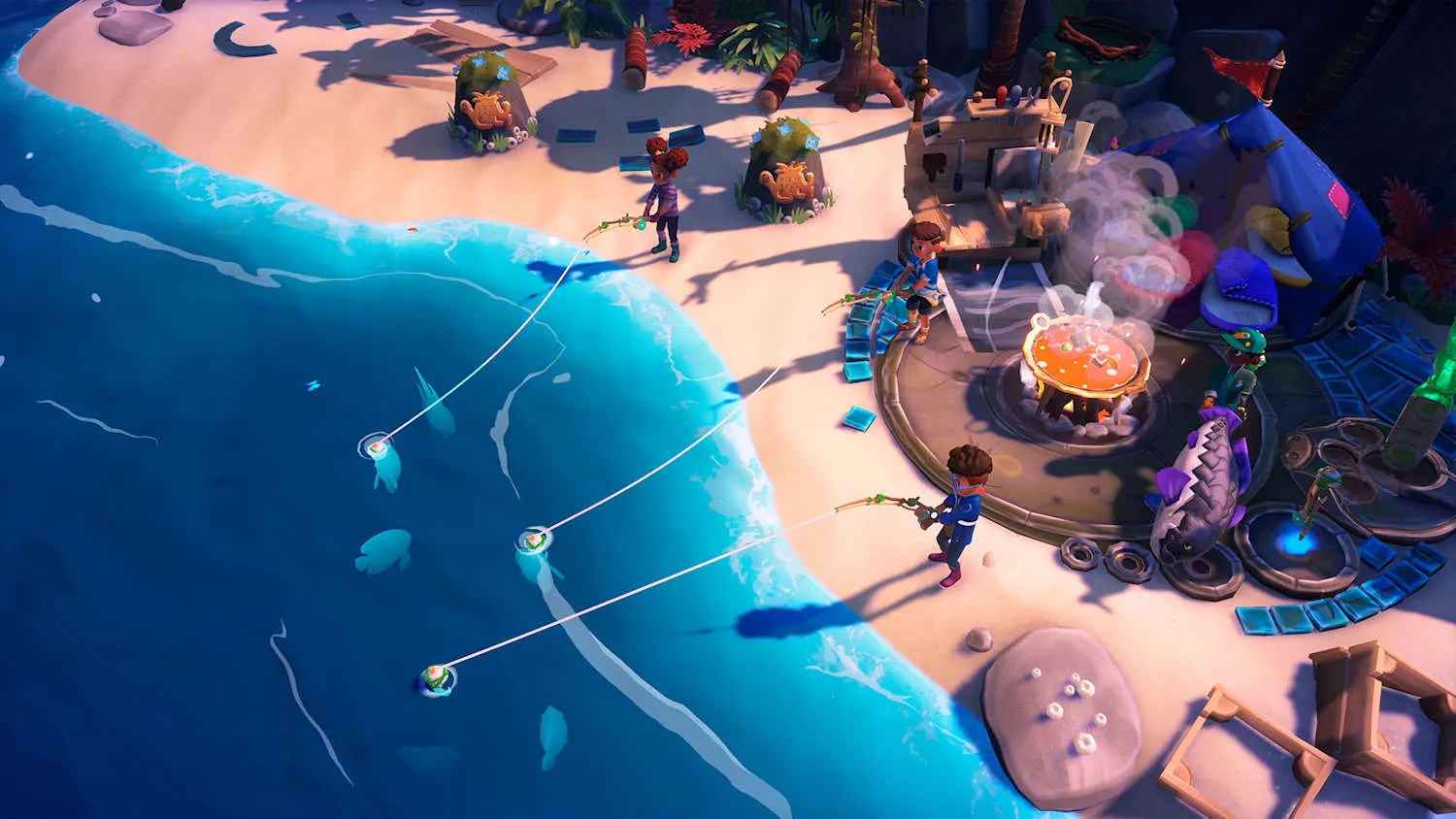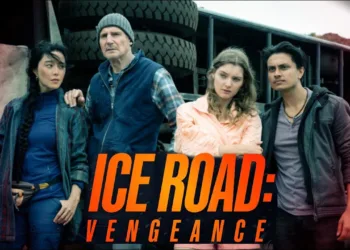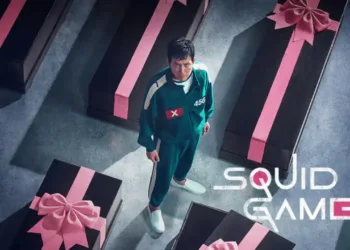The tale begins with a classic premise: a tattered map, a makeshift raft, and an unforgiving storm that leaves you shipwrecked and stranded. It’s a setup that promises a desperate struggle for existence. However, any expectation of a grim fight against the elements is immediately washed away by a wave of cheerful calypso music and a bright, welcoming art style.
Survival Kids is not a game about enduring the harsh realities of being a castaway. Instead, it presents a gentle, stage-based puzzle adventure meticulously designed for cooperative play and younger audiences. This is the epitome of a “survival-lite” experience, where the core focus is on crafting, light problem-solving, and exploring a series of whimsical islands that rest on the backs of giant turtles.
The primary goal is never to conquer nature but to work together, solve the island’s gentle puzzles, fix your boat, and cheerfully sail off to the next colorful shipwreck, ready to do it all again.
The Sisyphean Shore
The core structure of Survival Kids is built on a gameplay loop that feels both familiar and fundamentally limiting. The game is divided into distinct island levels, but unlike RPGs or even many roguelikes where progress is carried forward, this game employs a hard reset with each new stage.
Any tools you painstakingly crafted, any base camp you established, are gone, forcing you to begin anew. This design choice is central to the entire experience, and its impact cannot be overstated. Each island demands you start from square one: chop down the same types of trees for wood, smash the same rocks for stone, and gather the same vines for rope. The primary objective is always to locate the wreckage of your raft and gather the specific components needed for its repair.
This cycle of arriving, gathering the same basic materials, crafting the same basic tools, and building the same raft forms the game’s unyielding backbone. While this repetition might offer a comforting, predictable rhythm for its intended younger audience, for more experienced players it can feel like a Sisyphean task.
You are constantly re-learning the same basic lessons without the satisfaction of building upon your past efforts. The narrative does not evolve with your actions, so the gameplay remains static. The journey feels less like a single, developing adventure and more like a series of disconnected, repetitive chores that lack a meaningful sense of progression.
A Spark of Ingenuity
Beyond the foundational grind of resource gathering, Survival Kids presents a layer of simple but satisfying environmental puzzles. Progression is not about defeating powerful enemies but about figuring out how to navigate the terrain itself.
Imagine needing to get across a chasm; the solution is to gather the resources to construct a bridge. The game’s cleverness shines brightest in its tool design. The fishing rod you craft is not just for catching your next meal; its line can be used as a utility hook to snag distant items, pull switches, or even lift crafting materials up to a higher ledge. A giant leaf becomes a fan, capable of creating gusts of wind to blow objects into place or activate ancient mechanisms.
This thoughtful, multi-purpose design is unfortunately hampered by a cumbersome inventory system. You can only equip one tool at a time, forcing frequent, pace-breaking trips back to your base camp to swap items. This feels less like a strategic choice and more like an artificial way to extend playtime. The game’s most engaging moments are consistently found when you stray from the main path.
Hidden treasure stones are tucked away in clever, out-of-the-way locations that demand creative use of your tools and a solid understanding of the game’s physics. Finding them often feels like solving a genuine puzzle, offering a far more rewarding challenge than the straightforward, fetch-quest-style objectives of the primary quest.
Survival, Sanitized
The game radically redefines what “survival” means by systematically removing almost all the stakes. You have a stamina meter, a familiar sight in modern games, that governs actions like climbing or carrying heavy objects. But it is not tied to a hunger system in the traditional sense.
Food’s role here is not to prevent starvation but to act as a temporary key for physical puzzles. When you approach a wall that seems just a bit too high to climb, you’ll find your standard stamina ring is insufficient. The solution is to go back to camp, cook a meal, and eat it. This temporarily increases your maximum stamina, granting you the strength needed to perform the feat.
It’s an interesting re-purposing of a standard survival mechanic, turning sustenance into a direct puzzle-solving tool. The experience is deliberately designed to be forgiving and completely free of tension. There is no death from starvation, combat is limited to avoiding slow-moving projectiles from stationary turrets, and falling into deep water results in a quick, penalty-free reset to a safe spot.
The Cooperative Conundrum
While Survival Kids is entirely playable solo, it is an experience that feels hollowed out when played alone. It is clearly and unapologetically designed with multiplayer in mind. The benefits of cooperation are immediately apparent; two players can carry heavy logs at a brisk pace, a task that forces a solo player to drag them slowly.
A team of four can harvest a forest in a fraction of the time. The game does make some concessions, balancing certain tasks so that a lone player is not excessively penalized, but the experience feels fundamentally different.
The true value of the cooperative mode is not the increased efficiency but the emergent social dynamic it creates. The fun comes from the shared experience of coordinating tasks, devising plans, and laughing when a carefully transported component tumbles off a cliff. The game becomes a vehicle for interaction.
This is most apparent when facing the requirement to unlock the final level, which is gated behind a set number of stars earned by completing levels quickly and finding all the hidden treasures. For a solo player, replaying a repetitive level to grind for stars can be an exercise in pure tedium.
For a group, it can be a fun, shared challenge. This highlights the game’s ideal audience: a parent and child, or a group of friends looking for a relaxed, collaborative activity where the simple act of playing together is its own reward.
The Review
Survival Kids
Survival Kids is a competent and charming cooperative adventure that is hamstrung by its own design. While its gentle nature and clever puzzle-solving are perfect for a parent and child playing together, the experience collapses under the weight of a highly repetitive gameplay loop. For the solo player, the game quickly becomes a tedious chore of gathering and rebuilding with no meaningful progression. It succeeds as a shared, low-stakes activity but fails to provide a compelling adventure for anyone playing alone, making it a difficult recommendation for a general audience.
PROS
- Engaging and fun cooperative gameplay.
- Clever puzzle design, especially for hidden collectibles.
- Very accessible and family-friendly with no real stakes.
CONS
- Core gameplay loop is extremely repetitive.
- The solo experience is tedious and slow.
- Shallow mechanics with a complete lack of progression between levels.
